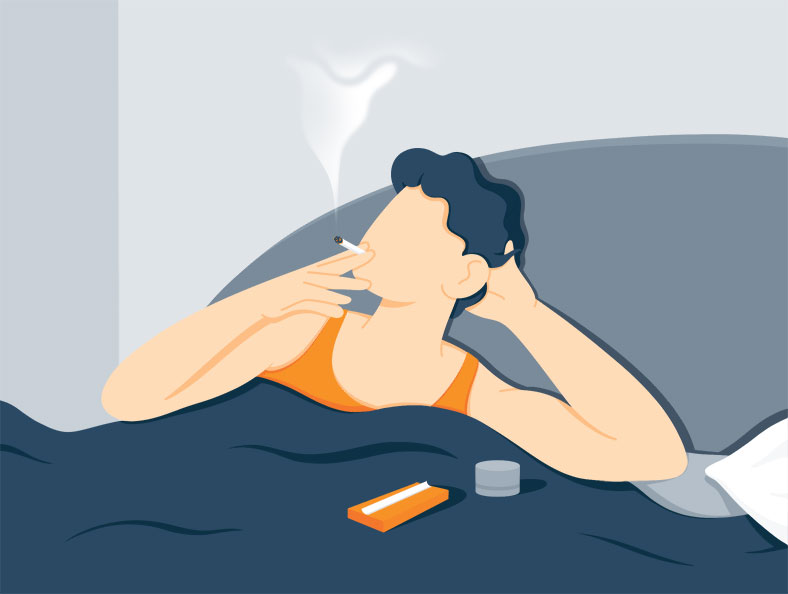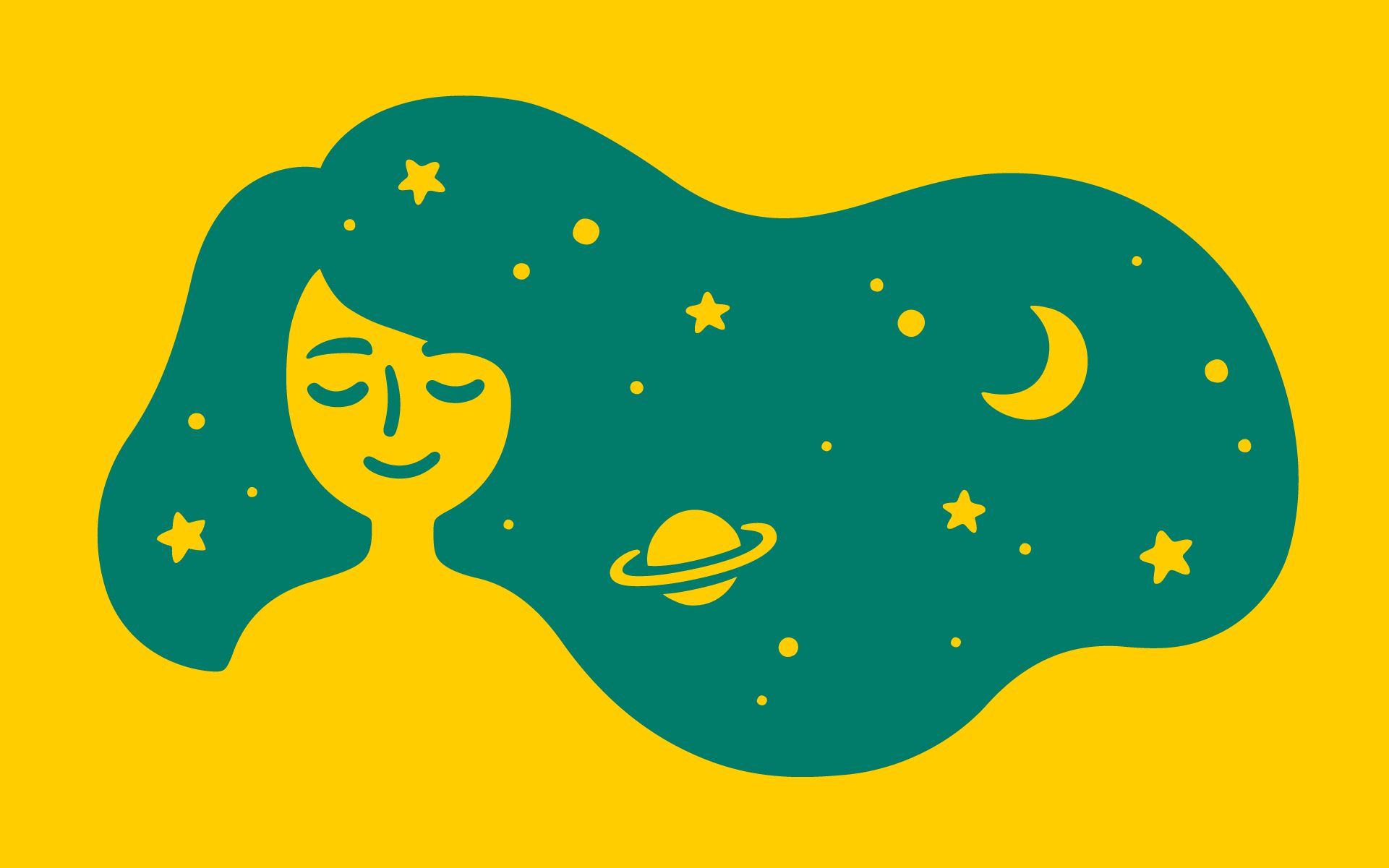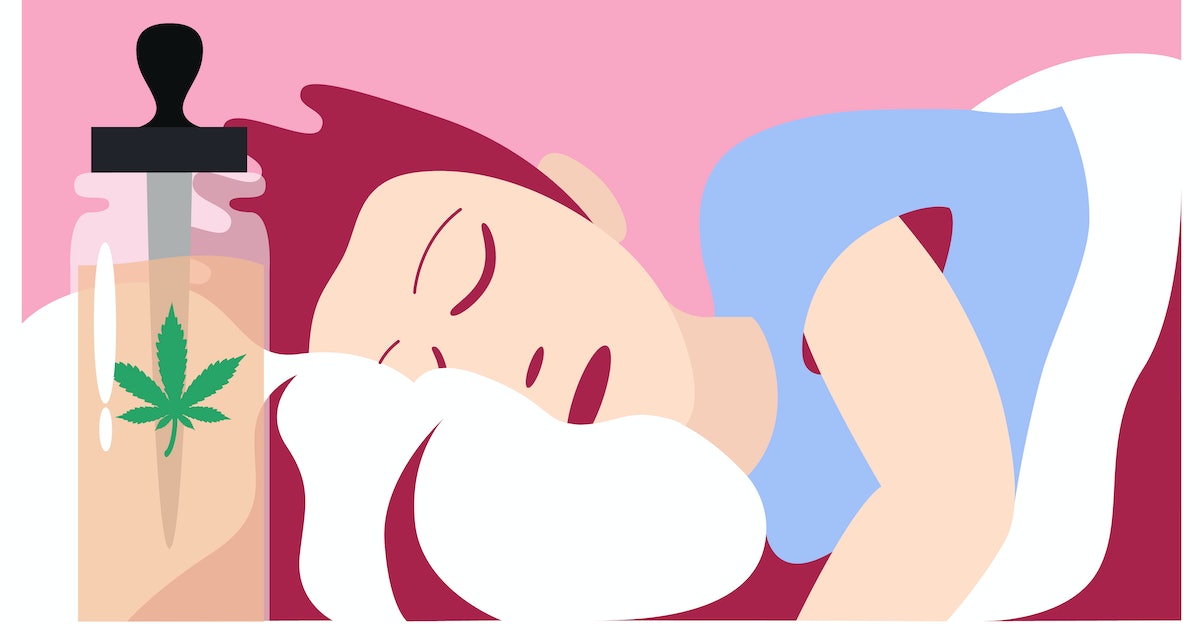Cannabis has long been known as a natural remedy for a variety of physical and mental ailments. In recent years, however, scientists have been studying its effects on our dreams. Whether it’s used for medicinal or recreational purposes, cannabis has the potential to affect the way we dream, from the vividness of our dream images to the intensity of our nightmares.
But what does science have to say about the link between cannabis and dreams? In this article, we’ll explore the scientific studies that have been conducted to uncover the truth about cannabis and our dreams.
We’ll look at how cannabis affects our sleep cycles, our dream intensity, and our dream content.
We’ll also discuss the potential benefits and risks of using cannabis for dream enhancement. So read on to learn more about the fascinating link between cannabis and dreams!
Introducing the Link Between Cannabis and Dreams
Cannabis has been used for medicinal and recreational purposes for thousands of years. The earliest known evidence of cannabis use comes from a Chinese herbal medicine book, the “Pen Ts’ao” which was written in 2737 BCE.
It was also used by the ancient Egyptians, the Assyrians, the Greeks, and the Romans. Cannabis has been linked to dreams since ancient times. In fact, it is believed that the word “cannabis” comes from the ancient Indian Sanskrit word “cannabis.”
While the term itself is unrelated to dreams, it is believed that ancient Indian scholars used the word to describe the plant because the plant’s flowers looked like cannabis flowers. In the past few years, scientists have begun to study the link between cannabis and dreams.
A growing number of people use cannabis for medicinal and recreational purposes, and many of these individuals hope to improve their dream quality. But are these hopes based on facts or myths?

How Cannabis Affects Our Sleep Cycle
The first thing to understand about the link between cannabis and dreams is how cannabis affects our sleep cycles. Cannabis is a sedative that causes us to feel more relaxed and sleepy. It affects our sleep cycle by speeding it up. Cannabis causes us to spend less time in different sleep stages.
Let’s look at each sleep stage in turn to understand how cannabis affects them.
-
The first sleep stage that cannabis affects is the transition from being awake to being asleep. It can take a long time for some people to fall asleep. But cannabis speeds up this transition so that people fall asleep more easily.
-
The second sleep stage that cannabis affects is light sleep, also known as stage 1 sleep. This is the first stage of deep sleep, when our bodies produce bursts of rapid eye movement, or REM.
-
The third sleep stage that cannabis affects is deep sleep, also known as stages 2 and 3 sleep. This is when our bodies produce delta waves. These waves are very slow and very intense, like the waves that occur when we’re awake. Slow wave sleep, or deep sleep, helps us remember facts.
-
The final sleep stage that cannabis affects is REM sleep. This is the stage when our bodies produce the most vivid dreams.

REM Sleep
As we’ve just seen, cannabis affects each sleep stage differently. It speeds up the first sleep stage, slows down the third sleep stage, and has no effect on the second sleep stage. Cannabis also has a different effect on each of the four phases of REM sleep.
Let’s look at each phase in turn to understand how cannabis affects them.
-
The first phase of REM sleep is the initiation of REM sleep. This follows the third sleep stage, which is when cannabis slows down the third sleep stage. During this phase, our bodies produce very slow delta waves.
-
The second phase of REM sleep is the intensification of REM sleep. This follows the first phase of REM sleep, when our bodies produce the most vivid dreams. During this phase, our brains produce even more vivid dreams.
-
The third phase of REM sleep is the extension of REM sleep. This follows the second phase of REM sleep, when our dreams become less vivid. During this phase, our brains produce longer dreams.
-
The fourth and final phase of REM sleep is the completion of REM sleep. This follows the third phase of REM sleep, when our dreams become even longer. During this phase, our brains produce very long dreams that can last up to an hour.
A concern for people who smoke cannabis is whether it is harmful to suppress REM sleep. Studies show with minimal REM sleep, there are no adverse effects in day-to-day experiences.
the cannabis user shows longer sleep latency and less time in REM, being compared to an alcohol user.
The Impact of Cannabis on Dream Intensity
Now that we’ve explored how cannabis affects the different sleep stages, let’s look at the impact that this has on dream intensity. Dreams are produced during the REM sleep stage, when our brains produce delta waves.
These are very slow and very intense. Cannabis speeds up each sleep stage, causing us to spend less time in slow delta wave production. This means that we spend less time dreaming, and our dreams are less intense.

How Cannabis Affects Dream Content
Next, let’s explore the impact that cannabis has on dream content. There are three types of dreams:
-
We all experience these types of dreams, regardless of the substances we consume.
-
Some people report experiencing different types of dreams when they use specific substances.
-
Some people report experiencing the same types of dreams when they use specific substances. Now that we’ve explored the different types of dreams, let’s look at how cannabis affects dream content.
Now that we’ve explored the different types of dreams, let’s look at how cannabis affects dream content. The way in which cannabis affects dream content depends on the type of dream you’re hoping to experience.
If you want to experience lucid dreams, cannabis will help you achieve this. But if you want to experience nightmares, cannabis will help you achieve this as well. Having fewer dreams or not remembering them can be either a positive or negative sign.
Potential Benefits of Using Cannabis for Dream Enhancement
As we’ve seen, cannabis has the potential to affect our dreams in many ways. But there are many benefits to using cannabis for dream enhancement. Here are just a few of them.
- You may experience more vivid and intense dreams.
- You may experience longer dreams.
- You may experience a wider variety of dream types.
- You may find it easier to achieve lucid dreams.
- You may find it easier to experience nightmares.
- You may improve your problem-solving skills.
- You may improve your memory.
Check out our cannabis strains best for sleep!
Summary and Conclusions
In this article, we’ve explored the link between cannabis and dreams. We’ve looked at how cannabis affects each sleep cycle phase, how cannabis affects each sleep stage, and how cannabis affects dream intensity and content. We’ve also explored the potential benefits and risks of using cannabis for dream enhancement.
In summary, cannabis speeds up the transition from being awake to being asleep, causes us to spend less time in each sleep stage, and causes us to spend less time dreaming. This means that cannabis causes us to experience less vivid and less intense dreams. However, cannabis also has the potential to cause us to experience longer dreams and a wider variety of dream types. So if you’re hoping to improve your dream quality, cannabis may be the solution for you!

